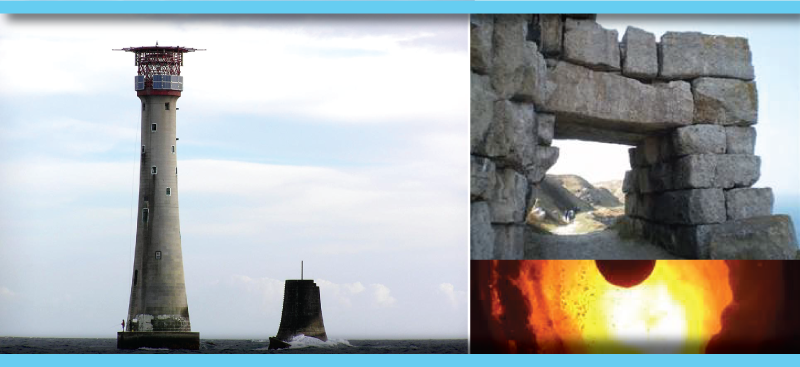The Industrial Revolution marked the modern rediscovery of cement. An English architect named Smeaton discovered that by mixing lime, clay and slag (a byproduct of iron production) he could make a mortar that hardened underwater. This product was later developed into the first Portland cement by Joseph Aspdin. His Portland cement was made of fine clay powder and limestone fired until it is calcined. He named his cement Portland because of the resemblance it had to the widely used natural Portland stones found in the area. This cement was the foundation for today’s Portland cement. It wasn’t until 1845 that Isaac Johnson manufactured what we know as Portland cement today. Issac Johnson used a mixture of concrete and coarse rock aggregate of varying size. Depending on the type of structure being made, different aggregate compositions are used. Roadways, for instance, typically use bitumen and concrete to create asphalt. The concrete acts as a binding agent with the aggregate. Once it hardens a solid, durable stone-like surface is the result.

